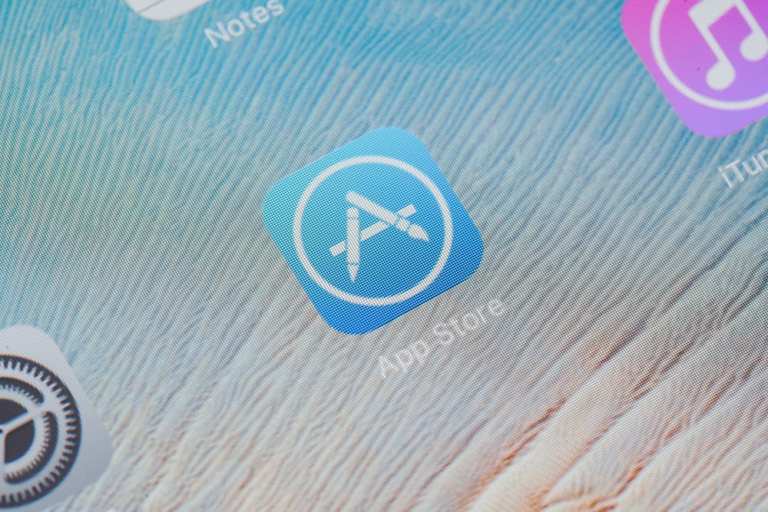To paraphrase George Orwell’s “Animal Farm,” all developers are equal – but some may be more equal than others.
To that end, as reported by Bloomberg, several publishers – including The New York Times, CNBC and News Corp., among others – petitioned Apple’s CEO Tim Cook to offer a commission structure similar to the one given to Amazon for its video streaming content.
Under the terms of the Apple/Amazon relationship – which was illuminated as part of a Congressional antitrust examination of corporate emails in July – Amazon pays a 15 percent revenue share to Apple for Prime Video customers who sign up to get their content through the iPhone app. Amazon does not offer a cut of its revenue for users who have already subscribed through Amazon or other channels.
Those terms are relatively favorable compared to the App Store fees that have recently made headlines, and have been central to several legal actions against Apple. As has been widely reported, Apple typically gets 30 percent of the revenues generated by most subscriptions tied to the App Store – a rate that falls off to 15 percent after the first year.
Digital Content Next, a trade body that represents the aforementioned media outlets and others, said in the letter that the group “would like to know what conditions our members – high-quality digital content companies – would need to meet in order to qualify for the arrangement Amazon is receiving for its Amazon Prime Video app in the Apple App Store.”
As of Friday morning (Aug. 21), Apple had not yet responded to the letter.
Advertisement: Scroll to Continue
But the missive from Digital Content Next adds a bit of kindling to what may be a fire over how Apple gives access to – and charges for – content.
As noted in this space earlier in the month, Epic Games filed suit against Apple over the removal of its Fortnite app after Epic embedded a direct payment method into the game.
The “Apple tax” – namely, the commission structure – is also the focus of part of an antitrust investigation in the European Union.
By crafting and sending the letter to Apple, the media outlets – through Jason Kint, CEO of Digital Content Next – seem to be pointing to the “conditions,” nebulous though they may be, as evidence of an unequal playing field.
And where previous scrutiny focused primarily on apps, access and payments in general, this one seems to add a bit of dimension – namely, in content distribution and bundling. Apple, according to reports, is aiming to roll out new subscription bundles for digital services, which conceivably could include Apple News (an aggregator of news from several sources).
A continued push to leverage content into bundles could possibly help boost top lines and margins (Apple, of course, has been increasing its focus on digital services) – but it may hit a snag if there is continued pushback from content developers.
And, as Brian Bogosian, CEO at sticky.io, told Karen Webster this month, content is king. PYMNTS research has shown that consumers have become ever more willing to embrace new brands, services and delivery models in a digital context. As joint research between PYMNTS and sticky.io showed, 45 percent of U.S. consumers have tried a new brand in the last 60 days, and they’ve made those purchases directly from the brand via an online channel.
Apple, it seems, is finding clamor on several fronts – games, music and media – all centered on access, delivery and the prices paid for that access and delivery. The ultimate question may be: What price will Apple pay for its Apple tax?

